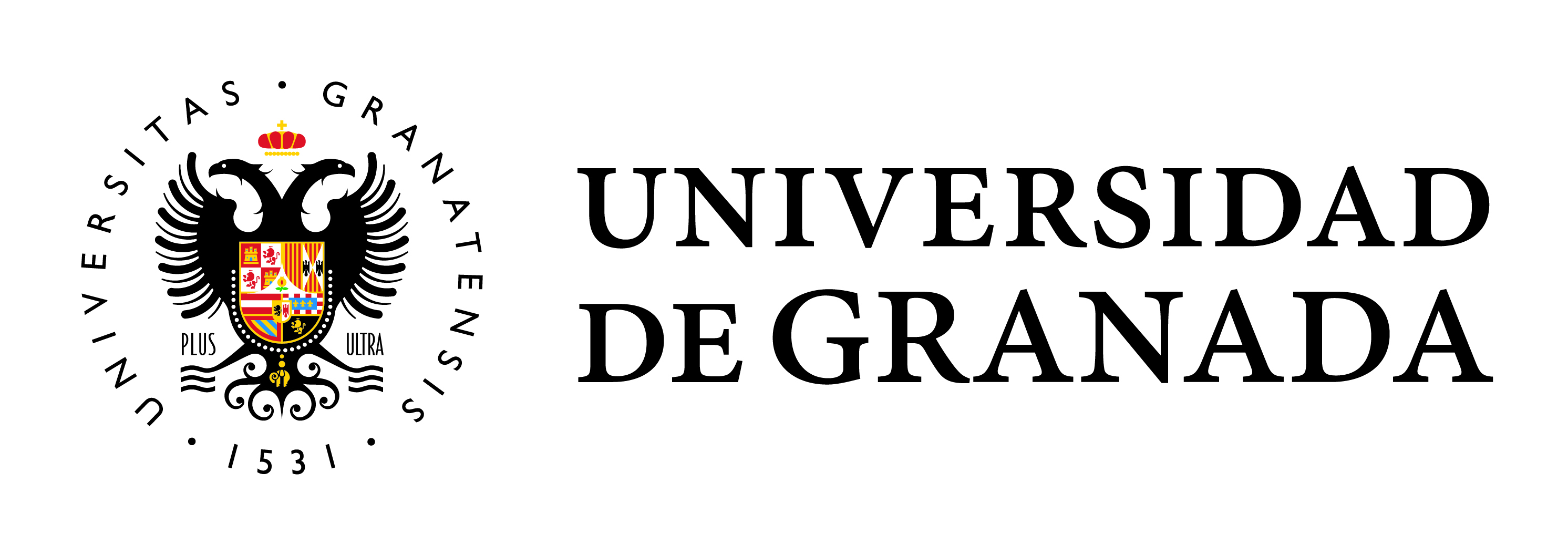The ecological map of Barcelona: the changes of the city in the last three decades
Main Article Content
Abstract
The dynamic nature of urban growth in Barcelona has important repercussions on the environment. Management and planning on a municipal scale makes it imperative to know how the city is structured and how it changes over time. In this work, we present the Ecological Map of Barcelona (MEB), which has three editions and it covers almost three decades (1977-2004) of changes in the structure of the city. The map displays the ecological areas that compose the urban system, that is, different kinds of natural areas, semi-natural areas and built-up areas. It is worth pointing out the high level of resolution of the third edition because the images used in this new edition are colour orthophotos with a pixel size of 0.5 m, and because the hierarchical legend displays, at maximum detail, 58 categories. Comparing among editions of the MEB shows the process of urban densification suffered by Barcelona at the expense of crops and non- built plots, using practically the free ground up of the municipality, but also the recovery of the forest, and the important increase of green areas.


